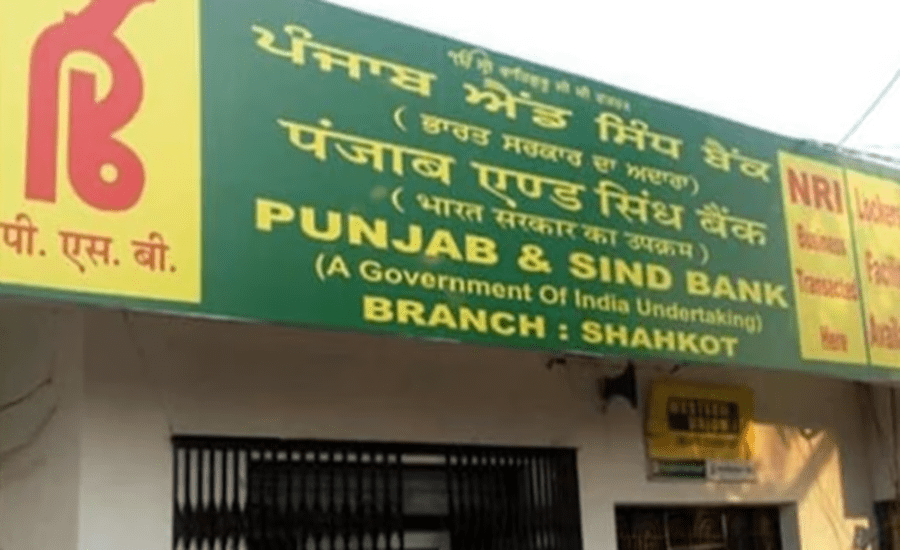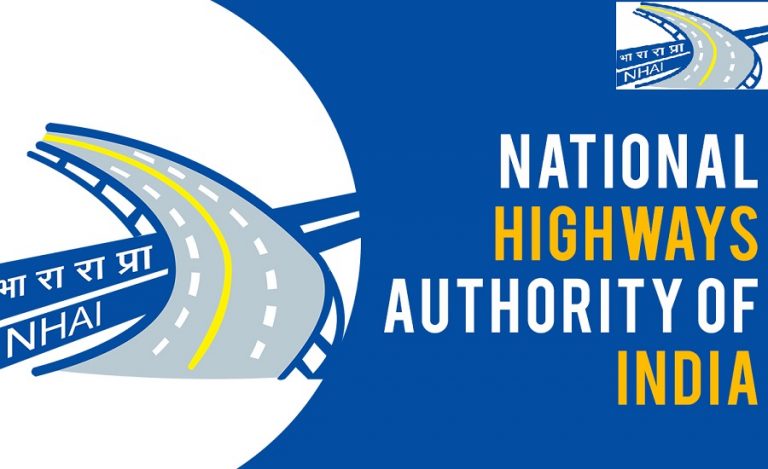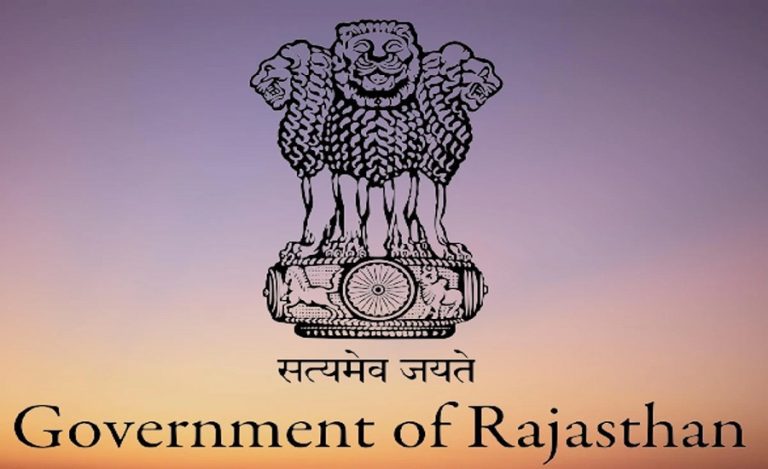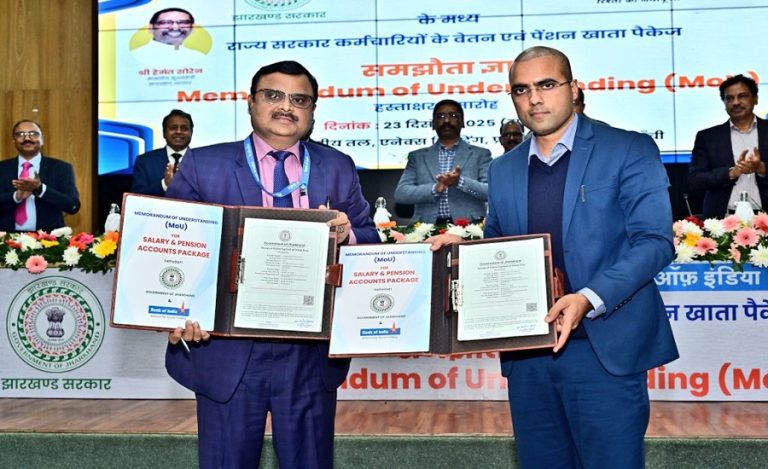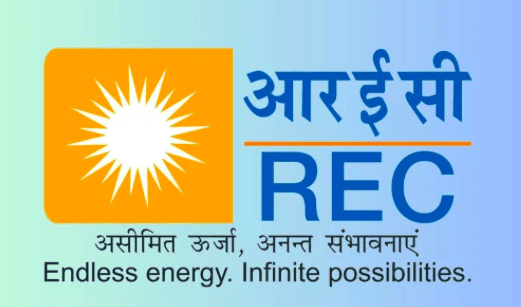New Delhi: State-owned Punjab & Sind Bank has reported a 16.1% year-on-year growth in gross advances, reaching ₹1.05 lakh crore in the second quarter of FY26, according to the bank’s latest regulatory filing.
The growth underscores the lender’s steady expansion in credit activity despite a competitive and evolving financial landscape.
Loans Surge to ₹1.05 Lakh Crore
As of September 30, 2025, the bank’s gross advances stood at ₹1.05 lakh crore, a significant rise from ₹91,032 crore recorded during the same period last year.
This performance reflects the bank’s focused lending strategy across key sectors.
Read also: Indian Army Renews MoU with Punjab & Sind Bank to Extend Banking and Insurance Benefits till 2028
Deposits Grow 9.42% to ₹1.35 Lakh Crore
Punjab & Sind Bank also witnessed strong growth in deposits, which rose by 9.42% to ₹1.35 lakh crore, up from ₹1.24 lakh crore in Q2 of the previous fiscal.
The bank’s total business, comprising both advances and deposits, increased to ₹2.41 lakh crore, a 12.2% rise compared to ₹2.15 lakh crore a year ago.
CASA Ratio Holds Steady, CD Ratio Improves
The bank’s Current Account and Savings Account (CASA) ratio stood at 30.3% of total deposits — largely unchanged from 30.4% in Q2 FY25.
Meanwhile, the credit-deposit (CD) ratio improved notably to 77.92%, up from 73.4% in the previous year, indicating higher credit deployment against available funds.
Outlook
The Q2 figures reflect Punjab & Sind Bank’s ongoing efforts to strengthen its balance sheet and improve operational efficiency, even as it remains a relatively smaller public sector lender in India’s banking ecosystem.
Investors and analysts will now look forward to the bank’s Q2 profit and asset quality metrics, expected later this month.
About Punjab & Sind Bank
Punjab & Sind Bank, a Government of India undertaking established in 1908, has a strong legacy of service and financial inclusion. Headquartered in New Delhi, it operates over 1,500 branches across India. The bank plays a vital role in retail and corporate banking, insurance, and welfare-focused financial products, catering to both urban and rural communities.

